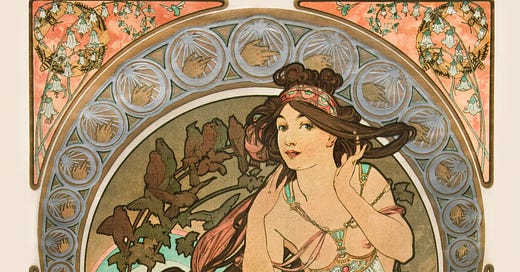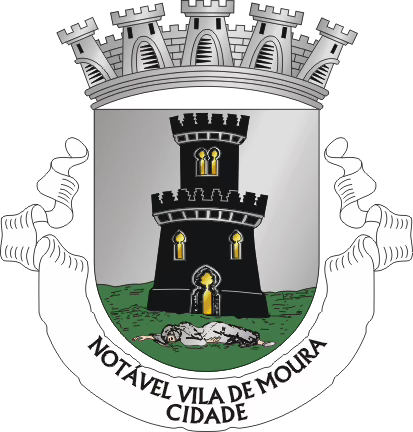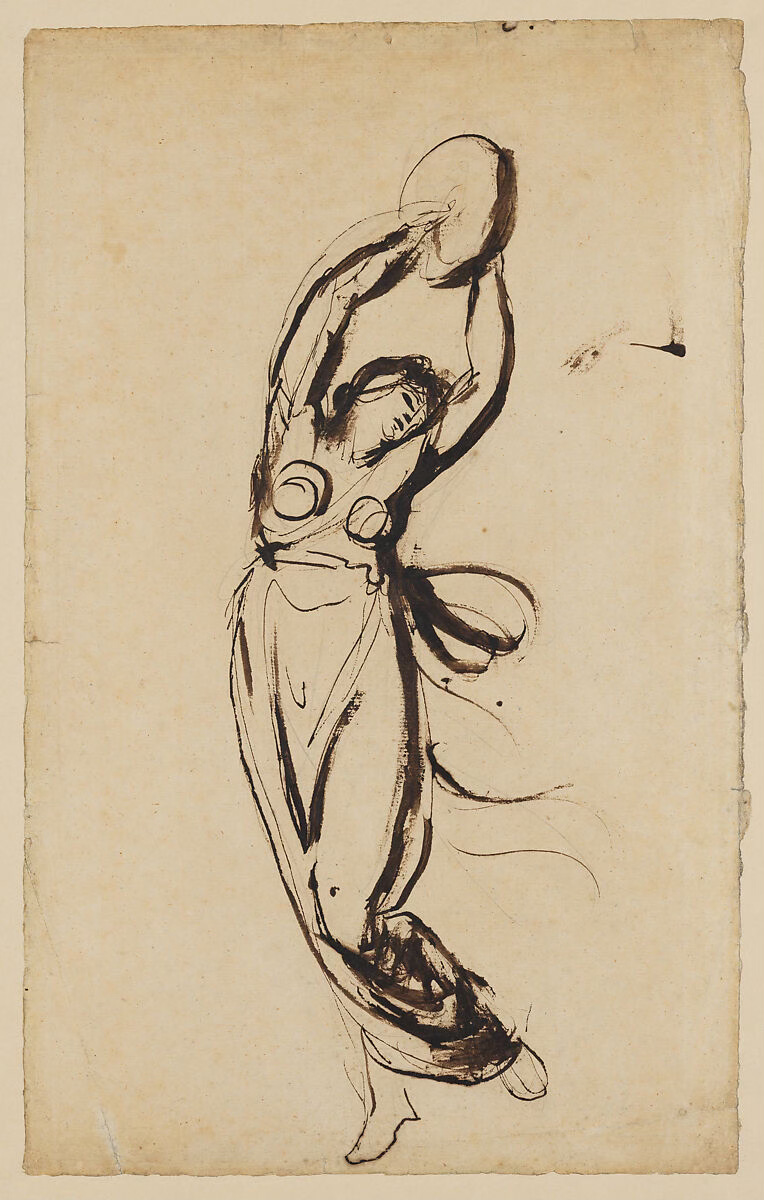[English version below]
As mouras encantadas são figuras míticas na cultura portuguesa, representando mulheres de grande beleza e, muitas vezes, poder mágico. As suas lendas estão profundamente enraizadas na história e nas tradições de Portugal, com influências de várias culturas, como os Celtas, os Romanos e os Mouros.
Acredita-se que a origem das mouras encantadas remonta a tempos pré-romanos, ligadas a antigas deusas da fertilidade e espíritos da natureza. Com a chegada dos Mouros (os muçulmanos) à Península Ibérica, essas lendas foram enriquecidas com elementos das culturas islâmicas, tais como tesouros escondidos e encantamentos.
As mouras são frequentemente descritas como guardiãs de tesouros e lugares sagrados, como fontes, grutas e castelos. Elas podem aparecer como belas mulheres, muitas vezes com longos cabelos que são vistas a pentear enquanto cantam, e adornos dourados. Algumas transformam-se em serpentes, sereias ou cavalos, transformações que são vistas como uma metáfora para o mistério e a proteção da terra.
As mouras também podem aparecer como névoa ou luz, encarnando as suas qualidades etéreas e mágicas. Estas transformações servem para proteger os seus tesouros ou para revelar as suas verdadeiras formas apenas àqueles que são dignos ou que cumpriram determinadas condições. Muitas destas lendas têm um carácter religioso e falam de amor e de desgosto. Mas de um ponto de vista mais prático, estas lendas também servem, por vezes, para explicar a origem dos nomes dos lugares.
As lendas das mouras encantadas têm paralelos em outras culturas. Por exemplo, na mitologia celta, existem figuras como os banshees e as fadas que também protegem tesouros e têm poderes sobrenaturais, ou os Mairu na mitologia Basca. Estas histórias refletem uma compreensão universal de seres mágicos que guardam segredos e riquezas.
A origem da palavra moura é contestada. Alguns defendem que tem origem no termo grego antigo moira, que significa “destino”, e que está ligado às Moira, personificações do destino, na mitologia grega. Outros acreditam que o termo vem da palavra celta mori, que significa “mar” ou mori-morwen, que significa “sereia”. Outros ainda acham que vem do proto-celta marwo, que significa “morto”.
Uma das lendas mais conhecidas é a da Moura Salúquia, na cidade de Moura, no Alentejo. Segundo a história, Salúquia era uma princesa moura (isto é, muçulmana) que se apaixonou por Bráfama, um líder dos mouros. No entanto, ele foi morto pelos cristãos que estavam a reconquistar a região. Disfarçados, os cristãos entraram na cidade, e Salúquia, acreditando que eram os homens de Bráfama, abriu as portas do castelo. Quando percebeu o engano e a morte do seu amado, Salúquia lançou-se da torre do castelo, morrendo em grande tristeza.
Comovidos com a trágica história da princesa, os cristãos invasores decidiram dar o nome à cidade em sua homenagem, chamando-lhe Terra da Moura Salúquia, que com o tempo passou a ser Terra da Moura, até chegar finalmente a Moura. Assim, tanto a cidade como a Torre de Salúquia, mantêm viva a memória desta lenda, aparecendo até no brasão da cidade.
Uma outra lenda fala de uma mulher mística que guarda um tesouro escondido na Gruta do Escoural, no Alentejo. Encantada e transformada num ser sobrenatural, aparece à entrada da gruta, penteando os seus cabelos dourados e cantando canções mágicas. Para ter acesso ao tesouro, os interessados têm de provar o seu valor, passando testes ou resolvendo enigmas propostos pela moura. A verdadeira Gruta do Escoural, conhecida pela sua arte rupestre pré-histórica, está imbuída desta lenda, acrescentando uma camada de mística ao seu significado histórico, como em muitos outros sítios em Portugal.
Queres levar a tua leitura um passo adiante? Responde às perguntas abaixo ou usa as perguntas para discutir sobre o artigo com outra pessoa.
1. Quais são algumas das características destas lendas?
2. Como a chegada dos Mouros influenciou as lendas das mouras encantadas?
3. Qual é o objetivo das transformações das mouras encantadas, de acordo com o texto?
4. Qual é o paralelo mencionado no texto entre as mouras encantadas e outras figuras míticas de diferentes culturas?
5. Como é que a cidade de Moura recebeu o seu nome?
The legends of the enchanted mouras
The enchanted mouras are mythical figures in Portuguese culture, representing women of great beauty and often magical power. Their legends are deeply rooted in the history and traditions of Portugal, with influences from various cultures, such as the Celts, the Romans, and the Moors.
It is believed that the origin of the enchanted moura dates back to pre-Roman times, linked to ancient fertility goddesses and nature spirits. With the arrival of the Moors on the Iberian Peninsula, these legends were enriched with elements from Islamic cultures, such as hidden treasures and enchantments.
Mouras are often described as guardians of treasures and sacred places, such as fountains, caves, and castles. They can appear as beautiful women, often with long hair that they are seen combing while singing, and golden ornaments. Some transform into serpents, mermaids or horses, transformations that are seen as a metaphor for the mystery and protection of the land.
Mouras can also appear as mist or light, embodying their ethereal and magical qualities. These transformations serve to protect their treasures or to reveal their true forms only to those who are worthy or who have fulfilled certain conditions. Many of these legends are religious in nature, and speak of love and heartbreak. But from a more practical point of view, these legends also sometimes serve to explain the origin of place names.
The legends of the enchanted mouras have parallels in other cultures. For example, in Celtic mythology, there are figures such as banshees and fairies who also protect treasures and have supernatural powers, or the Mairu in Basque mythology. These stories reflect a universal understanding of magical beings who guard secrets and riches.
The origin of the word moura is disputed. Some argue that it originates from the ancient Greek term moira, which means “fate”, and is linked to the Moira, the personifications of fate, in Greek mythology. Others believe that the term comes from the Celtic word mori, meaning “sea” or mori-morwen, meaning “mermaid”. Others believe it comes from the proto-Celtic marwo, meaning “dead”.
One of the best-known legends is that of the Moura Salúquia, in the city of Moura, in the Alentejo. According to the legend, Salúquia was a Moorish princess who fell in love with Bráfama, a Moorish leader. However, he was killed by the Christians who were reconquering the region. In disguise, the Christians entered the city and Salúquia, believing them to be Bráfama's men, opened the castle gates. When she realised the deception and the death of her beloved, Salúquia threw herself from the castle tower, dying in great sorrow.
Moved by the princess's tragic story, the invading Christians decided to name the city in her honour, calling it Terra da Moura Salúquia, which over time became Terra da Moura until it finally became Moura. Thus, both the city and the Tower of Salúquia keep the memory of this legend alive, and it even appears on the city’s coat of arms.
Another legend tells of a mystical woman who keeps a treasure hidden in the Escoural Cave in the Alentejo. Enchanted and transformed into a supernatural being, she appears at the entrance to the cave, combing her golden hair and singing magical songs. To gain access to the treasure, those interested have to prove their worth by passing tests or solving riddles proposed by the moura. The real Gruta do Escoural, known for its prehistoric rock art, is imbued with this legend, adding a layer of mystique to its historical significance, as in many other places around Portugal.
Want to take your reading one step further? Answer the questions below or use the questions to discuss the article with someone else.
1. What are some characteristics of these legends?
2. How did the arrival of the Moors influence the legends of the enchanted mouras?
3. What is the purpose of the enchanted mouras’s transformations, according to the text?
4. What is the parallel mentioned in the text between the enchanted mouras and other mythical figures from different cultures?
5. How did the city of Moura get its name?







PERO PERO...!ENTONCES DE QUE SIRVIERON LAS CRUZADAS O PARA QUE SE HICIERON SI AL FINAL SEGUIMOS ADORANDO TODO LO QUE SE TRATE SOBRE LOS MOROS...NO LO ENTIENDO